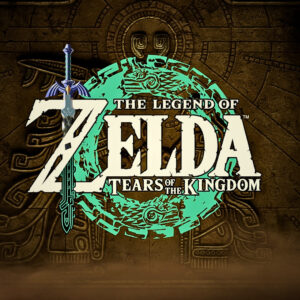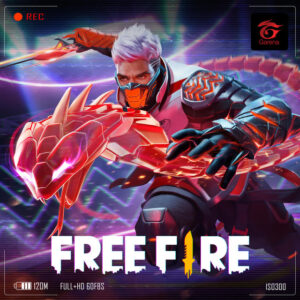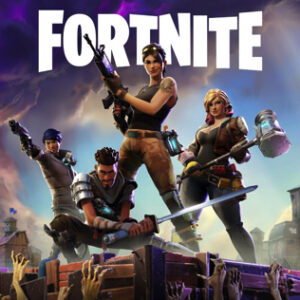Doom Modding in Crisis: The Great GZDoom Schism Over AI and Authority
Popular Now
 FIFA 23
FIFA 23
 Free Fire Max
Free Fire Max
 Schedule I
Schedule I
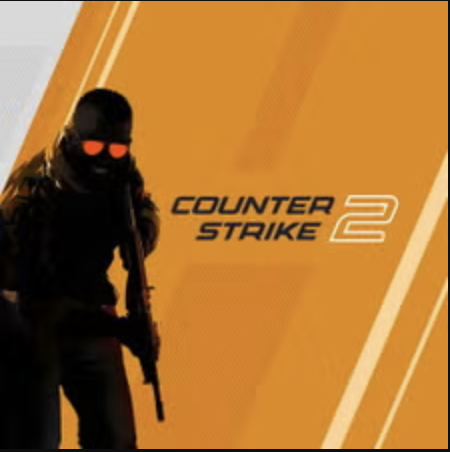 Counter-Strike 2
Counter-Strike 2
 Auto X Drift Racing 3
Auto X Drift Racing 3
 Toca Boca World
Toca Boca World
 R.E.P.O
R.E.P.O
 Brawl Stars
Brawl Stars
 EA SPORT FC 25
EA SPORT FC 25
 Gacha Club
Gacha Club
 The Doom modding community, a stalwart pillar of PC gaming, is currently undergoing a significant and dramatic upheaval, leading to a ‘civil war’ that threatens to fragment the ecosystem responsible for countless award-winning projects. The controversy centers on GZDoom, the most popular and powerful source port for classic Doom games, and its longtime lead developer, Christoph “Graf Zahl” Oelckers. A coalition of core GZDoom contributors has announced their mass departure and the launch of a new, competing engine fork: UZDoom.
The Doom modding community, a stalwart pillar of PC gaming, is currently undergoing a significant and dramatic upheaval, leading to a ‘civil war’ that threatens to fragment the ecosystem responsible for countless award-winning projects. The controversy centers on GZDoom, the most popular and powerful source port for classic Doom games, and its longtime lead developer, Christoph “Graf Zahl” Oelckers. A coalition of core GZDoom contributors has announced their mass departure and the launch of a new, competing engine fork: UZDoom.
This schism, which escalated swiftly in mid-October 2025, is a direct response to a combination of factors, primarily the GZDoom creator’s use of ChatGPT-generated code and long-simmering resentment over an allegedly autocratic and “bulldozing” leadership style. The development community has drawn a line in the sand, citing both ethical and legal concerns that strike at the heart of open-source integrity.
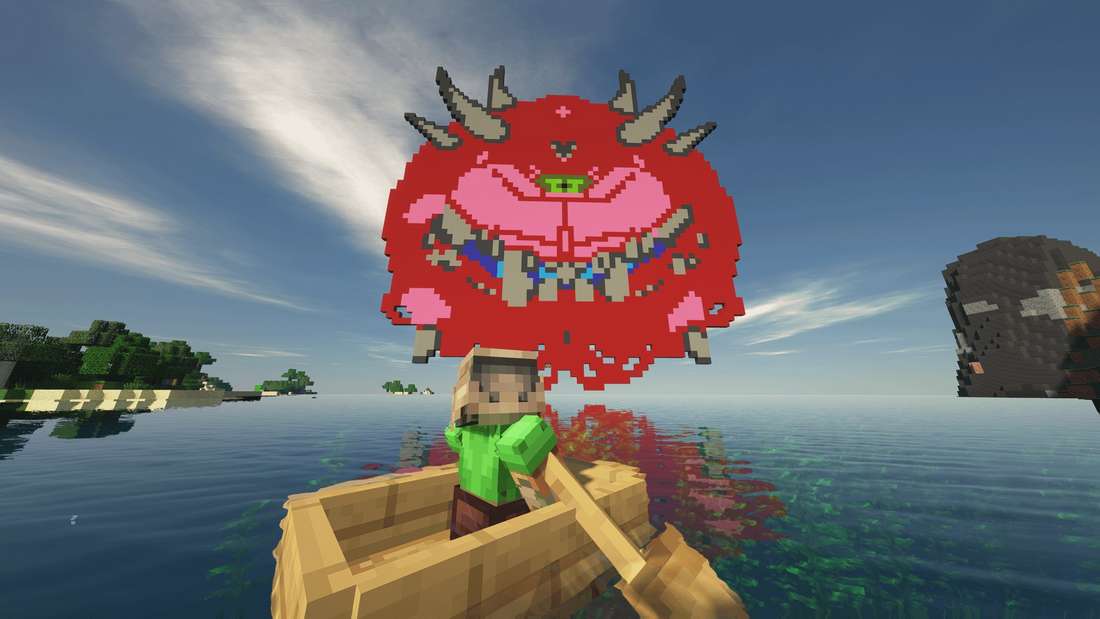 The AI Code Crisis: Licensing and Trust
The AI Code Crisis: Licensing and Trust
The immediate catalyst for the developer exodus was the discovery that Graf Zahl had introduced code generated by a Large Language Model (LLM), specifically ChatGPT, into GZDoom’s codebase. This move was made without prior consultation or review—a major breach of open-source development protocol—and immediately sparked a firestorm for several critical reasons:
- Licensing Violation Concerns: GZDoom operates under the GNU General Public License (GPLv3). Developers argue that AI-generated code, which is trained on massive datasets potentially containing copyrighted or proprietary material, cannot be guaranteed to be copyright-free. Including it, therefore, risks violating the GPL, creating a legal liability for the entire project. This is a crucial distinction, as GZDoom is the engine for numerous free mods and even some commercial games (such as Selaco and Hedon).
- Untested and Buggy Code: Contributors quickly pointed out that the AI-assisted code was “untested” and introduced instability and bugs into the source port. The practice of “force pushing” such changes to the main branch without a proper Pull Request (PR) process was seen as an act of massive disrespect to the volunteer developers who maintain the project.
- The Ethics of Generative AI: The controversy highlights a broader, industry-wide debate about the ethics and utility of relying on generative AI for coding tasks, particularly in open-source environments where code provenance and community trust are paramount.
The breaking point came when a frustrated developer, Marcus Minhorst, publicly raised these issues in a GitHub thread, only for Oelckers to issue a curt, dismissive response: “Feel free to fork the project under a.” This was immediately taken as a challenge, which the dissenting developers promptly accepted, confirming the split.
 Long-Term Leadership Tensions: A History of Autocracy
Long-Term Leadership Tensions: A History of Autocracy
While the AI code provided the spark, the kindling was years of underlying tension over leadership. The departing developers and long-time community members have expressed deep-seated grievances about Graf Zahl’s management style, describing a pattern of unilateral decisions and a perceived autocratic control that stifled collaboration and transparency.
- Unilateral Decisions: Grievances include pushing through controversial features, such as the widely disliked texture-filtering (which blurs the classic Doom pixel art) over community protests. The sense was that personal vision consistently trumped community consensus.
- Erosion of Trust: Developers noted a pattern of long absences followed by sudden returns where Oelckers would push significant, unvetted changes, effectively “sending a bunch of work to the curb” and damaging the project’s development roadmap.
- Dismissiveness: The final straw was not just the AI code, but the flippant, dismissive tone used when addressing valid developer concerns, cementing the impression of an unhealthy, top-down development structure.
The creation of UZDoom is therefore a protest not just against AI, but against a fractured governance model. The UZDoom team has explicitly stated its goal is to offer “a more stable development structure with healthy collaboration and less power given to individual ‘project leads’.”
The Future: UZDoom as the New Standard
The impact of this schism is already being felt. Major mod projects, such as the upcoming World War I-themed Trench Foot, have been affected by the uncertainty, with their release windows shifting as they await the stabilization of the new engine. Many modders are proclaiming that “GZDoom is basically dead” and are migrating to the new fork.
The developers behind UZDoom are positioning it as a direct and immediate continuation of the plans slated for the never-to-be-released GZDoom 5.0. Their roadmap includes highly anticipated features:
- Improved Netcode and Ray Tracing Support: Modernizing the engine for contemporary high-performance gaming.
- Default Texture Filtering Off: A key and immediate change that respects Doom’s original art direction, pleasing a large segment of the traditional modding audience.
- A New Governance Model: A shift toward democratic, collaborative management to ensure the project remains an open-source haven for its contributors.
Ultimately, this “civil war” in the Doom community may represent a net positive. The intense competition and drive to innovate from the UZDoom team could accelerate development and lead to two highly-functional source ports, giving survival horror FPS and general Doom fans greater choice. However, the immediate cost is a period of fragmentation and disruption for one of the most vibrant and historically significant modding communities in video game history.
